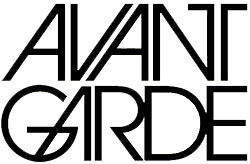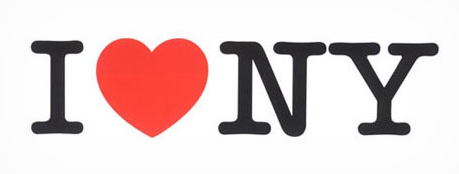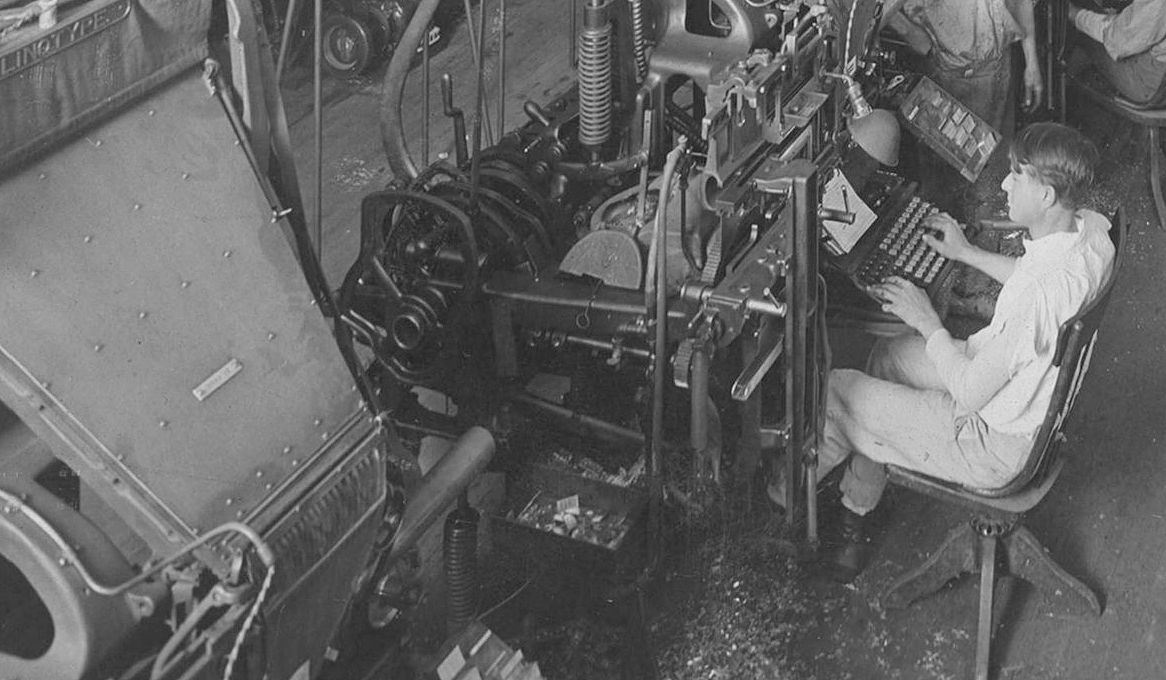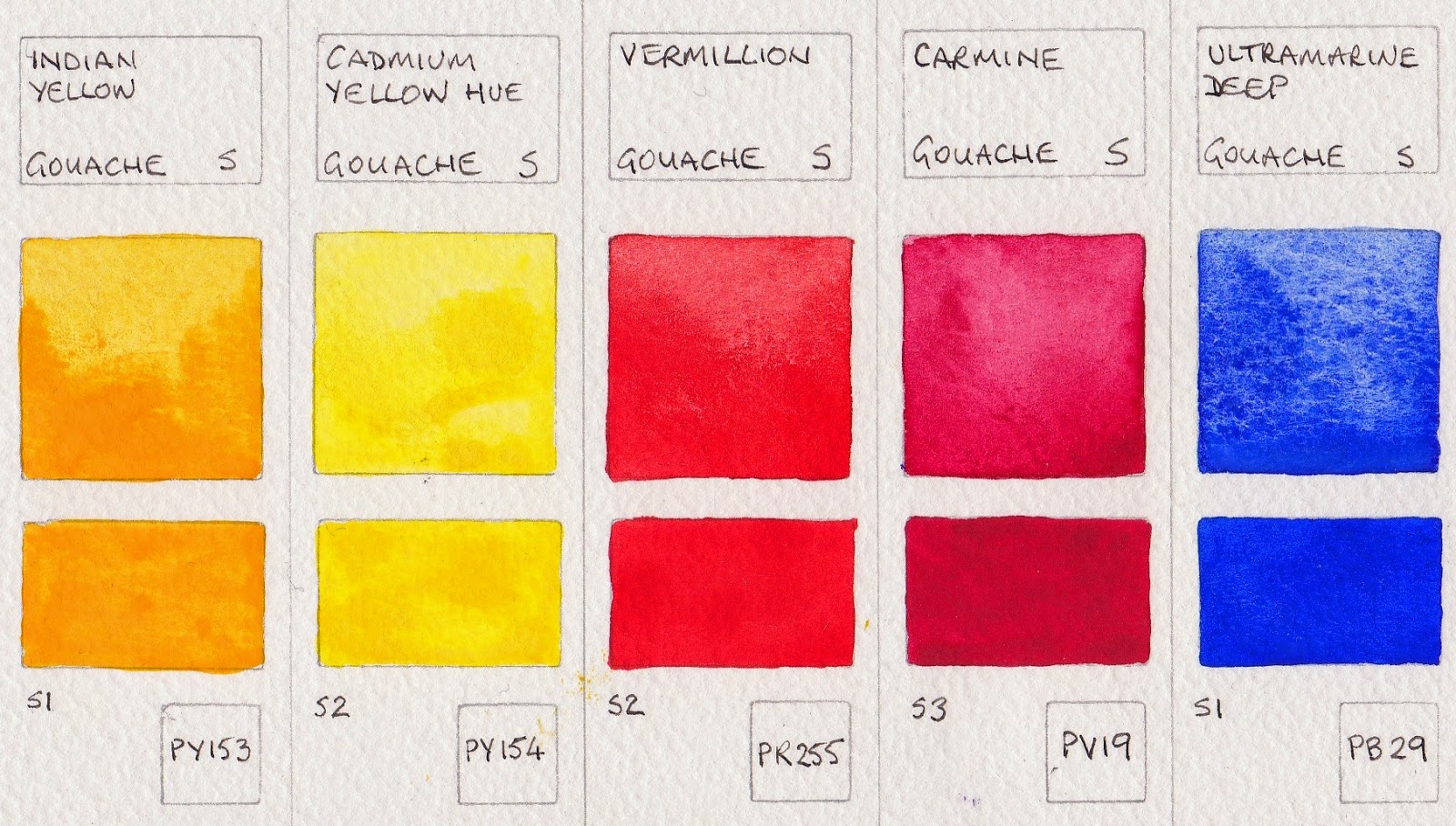

Plum Digital > Design Menu > |
||||
Graphic Design |
||||
 |
The pinnacle of Lubalin's entrance into the spotlight was his solution for their magazine to the "inherent difficulties presented by the incompatible letterform combinations in the title [Avante Garde]... and Ginzburg’s hope for an expression of 'the advanced, the innovative, the creative,' consisted of tight-fitting letterform combinations to create a futuristic, instantly recognizable identity.[4] The demand for a complete typesetting of the logo was extreme in the design community, so Lubalin released ITC Avant Garde from his International Typeface Corporation in 1970." |
 |
"Modern graphic icons such as the I Love NY logo—a tourism-campaign symbol created for the New York State Department of Commerce that became "the most frequently imitated logo design in human history"—are showcased as the Philadelphia Museum of Art and COLLAB salute designer Milton Glaser. Taking inspiration from the history of art and graphic design, Glaser created a new style of graphic communication that combines visual and intellectual concepts. This focused retrospective exhibition illustrates the variety and invention of his design process. Glaser has received the year 2000 Design Excellence Award from COLLAB, a group of design professionals who support the Museum's contemporary design collections." Milton Glaser: Design, Influence and Process |
We still used skills that were pretty much unchanged from those developed in the 1400s... pencils, ink, chalk, charcoal, and paint. Type that wasn't handwritten was either carved on blocks or in a typewriter, refinements had been made in the processes but they were still basically the same.
The early days of commercial printing and illustration. Before this it was all done by hand.

It was a dangerous job even in the 1930's... there was an open vat of molten lead within arms distance.
I have a friend who's grandfather was employed like the gentleman above... and died from lead poisoning.
![]()
Another center of what we would consider modern graphic design was
the German design school Bauhaus 1919-1939.
![]()
The other big difference, there were no computers outside of the military and government until the 1970s.
ENIAC, which stood for Electronic Numerical Integrator and Calculator, was completed in 1946 at a cost of nearly $500,000. It took up 15,000 feet, employed 17,000 vacuum tubes, and was programmed by plugging and replugging some 6,000 switches. It was first used in a calculation for Los Alamos Laboratories (nuclear research) in December 1945, and in February 1946 it was formally dedicated.
On June 14, 1951, Remington Rand delivered its first computer, UNIVAC I, to the U.S. Census Bureau. It weighed 16,000 pounds, used 5,000 vacuum tubes, and could perform about 1,000 calculations per second. On November 4, 1952, the UNIVAC achieved national fame when it correctly predicted Dwight D. Eisenhower’s unexpected landslide victory in the presidential election after only a tiny percentage of the votes were in.
UNIVAC was as big as the American Airlines Terminal at Dallas/Ft Worth and cost $159,000! An employer of mine had a memory disc from the Lawrence Livermore UNIVAC on his office wall...
3' across and only 32K of memory.
Those early machines had to be programed with text and numbers to do anything at all. Spend some time at the HP Computer Museum.
If you wanted a red circle, you had to know how to use machine language to tell the computer to draw it in mathematical terms. A bit like we did in the 90s with MS Word --- if you wanted a colored box around your type you entered the Postscript code into your document along with the text.
In the 60s my dad (an electronic engineer and printed circuit designer) built some interesting devices, but until Steve Jobs and Steve Wozniak put together their first personal computer in 1985, only corporations, universities and governments had computers.
Apple also brought us the Graphical User Interface... you could write or draw like you were using a pen on paper!!!! finally, you didn't have to be an engineer to use a computer. Artists and designers could use computers. The complaint then became "why do I need a color monitor when I can't print in color?"
Today we hardly remember a time without computers. .. and not only can our grandmothers routinely print in color, we print in 3D making things from plastic, food grade gum paste, metal and even concrete.

The images and data on this site are the property of sandra ragan/plum grafik, clients thereof, and others as noted. Please respect their hard work and creativity by following the "Golden Rule," Webmaster: webmaster @ www.plumdigital.com. Thanks.
|
RETURN TO Plum Digital Doorway
![]()